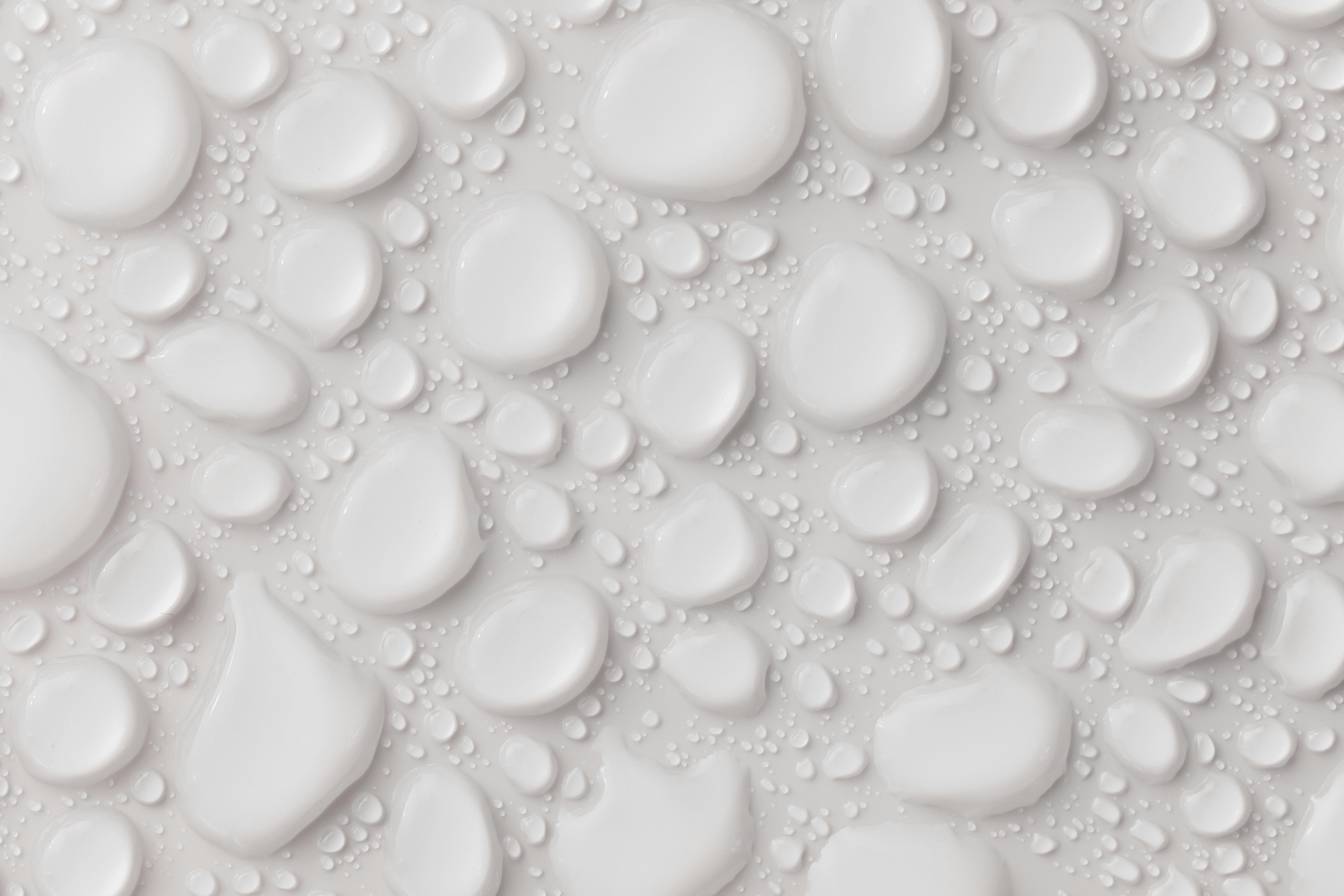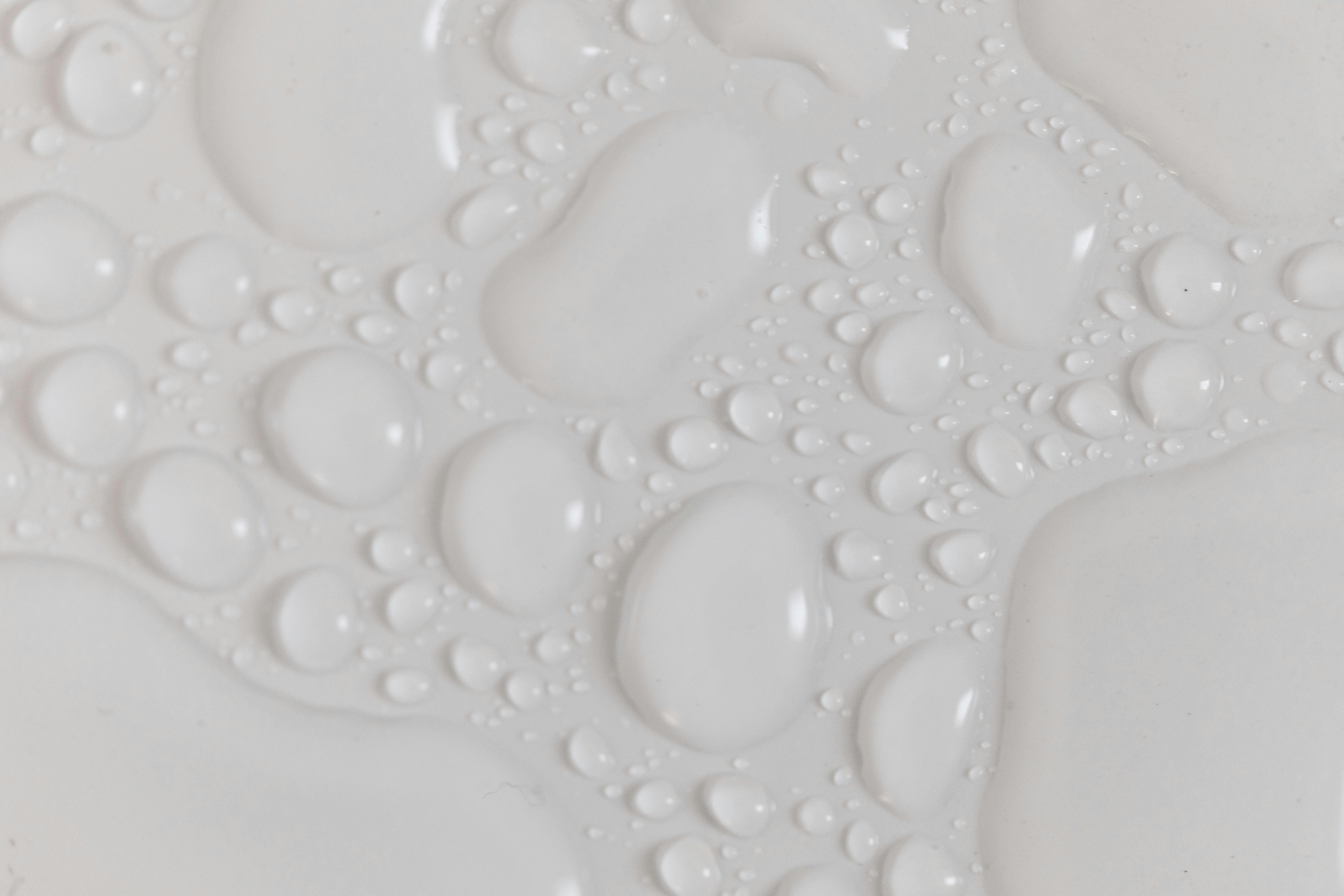Distilled and purified water are both forms of water that have been processed to remove impurities. Distilled water is created by boiling the water until it turns to vapor and then collecting the condensed steam. Purified water is created by using a filter, reverse osmosis or other processes to remove contaminants such as bacteria, metals, salts, and other dissolved solids. Both types of water provide clean drinking water but there are some key differences between the two.Distilled water is water that has been boiled and condensed into a pure form. This process removes most impurities, including minerals, chemicals, and other contaminants. Distilled water is used for a variety of purposes, including drinking water, medical use, and industrial applications.
What is Purified Water?
Purified water is water that has been processed to remove impurities, contaminants, and other particles. This type of water is used in a variety of applications, including industrial processes, drinking water, medical uses, and chemical processes. Purified water has been rigorously treated to remove minerals, chemicals, and other substances that can affect the taste or cause health problems. It is often referred to as “ultrapure” because of its purity level. Purified water can be created through distillation, reverse osmosis, deionization, or by using special filters.
Distillation is one of the most common methods used to create purified water. In this process the water is heated until it boils and turns to vapor. The vapor then passes through a condenser which cools it back down into liquid form. The condensed liquid contains fewer impurities than the original source of water because many impurities are left behind in their solid form when they are boiled off.
Reverse osmosis is another way to purify water. This process involves forcing pressurized liquid through a semiper
Difference In Source Of Water
Water is a vital natural resource and is available in many forms. The two most common sources of water are ground water and surface water. Ground water is found beneath the surface of the earth, while surface water is found on the surface of the earth, such as in rivers, lakes, and ponds. Although both types of water can be used for drinking, there are important differences between them that should be understood.
Groundwater is more abundant than surface water and can be accessed from wells or other sources. It is usually cleaner than surface water because it has been filtered by layers of soil and sand. This makes it ideal for drinking or other uses that require clean, safe drinking water. Groundwater also tends to be more consistent in terms of temperature and seasonal availability.
Surface water, on the other hand, can contain a variety of pollutants from runoff or agricultural activities. It can also become cloudy due to suspended particles from soil erosion or sedimentation. Because of this, it may not be suitable for drinking or other uses that require clean, safe drinking water. Surface water also tends to fluctuate in temperature throughout the year and can become
The Difference In Production Method
Production methods vary widely across industries, and the difference between them can have a major impact on the end product. For example, in manufacturing, production methods can range from mass production to craftsmanship. Mass production is a cost-effective method of producing large volumes of identical items quickly. This is done by using automated machines and processes to rapidly manufacture products to standard specifications. Craftsmanship, on the other hand, relies on manual processes and skilled labor to create unique and high-quality products. This type of production often results in higher prices due to the extra effort involved in producing each individual item.
In agriculture, production methods also vary significantly. Traditional farming relies on manual labor and traditional techniques such as crop rotation and animal husbandry to produce food. Modern industrial farming is more efficient and uses machinery, chemical fertilizers, pesticides, and other technological advances to maximize yields. This type of farming has been criticized for its environmental impacts, but it remains the most common form of agricultural production worldwide.
In the media industry, production methods also differ greatly depending on the type of content being created. For example,
The Difference In Mineral Content
Minerals are essential for the body to function properly and help maintain health. Different foods contain different types of minerals, and the amounts of minerals found in food vary depending on where the food is grown or sourced. For example, foods grown in nutrient-rich soil will contain higher levels of minerals than foods grown in nutrient-poor soil. Additionally, the types of minerals found in different foods can vary depending on the type of soil they are grown in. For instance, some soils may contain a higher amount of iron while other soils may contain a greater amount of calcium. This means that the mineral content of different foods can vary significantly depending on where they are sourced from.
In addition to differences in mineral content due to soil type, certain types of processing can also affect the mineral content of food. For example, canned vegetables may have lower levels of certain minerals compared to fresh vegetables as some vitamins and minerals can be lost during processing or storage. In order to get a balanced intake of minerals, it is important to eat a variety of foods that have been grown and/or processed differently. By doing this, you can ensure that your

What is the Difference in Taste and Odor?
Taste and odor are two of the most important senses used to detect food quality. The difference between taste and odor lies in the way we perceive them. Taste is detected by taste buds on our tongue, while odor is detected by receptors in our nose. Taste is a sensation that can be described using five basic categories: sweet, salty, bitter, sour, and umami. Odor, on the other hand, refers to smells that we are able to detect and identify.
Taste is primarily used to determine whether food is safe to eat or not. Humans have developed preferences for certain tastes because they tend to indicate the presence of nutrients in food. For example, sweet foods typically contain sugars that provide energy, while salty foods often contain minerals such as sodium and chloride that help regulate body fluids.
Odor, on the other hand, is used to distinguish between different types of food. Certain odors can be associated with particular ingredients or cooking methods. For example, smokey flavors are often associated with grilled meats or barbecues; spicy aromas are
What is the Difference In pH Level?
The pH level is a measure of how acidic or alkaline a substance is. A pH level of 7 is considered neutral, while anything below 7 is considered acidic and anything above 7 is alkaline. The difference in pH levels between two substances can have an effect on their reactivity and the environment around them. For example, a lower pH level in water can make it more corrosive, while a higher pH level can make it less corrosive.
The difference in pH levels between two substances can also affect how they interact with each other. For example, acids and bases will react differently depending on the relative levels of acidity or alkalinity of the two substances. If the two substances have different pH levels, then their reaction will be affected accordingly. This could include changes in color, smell, texture, or even chemical properties.
In addition to affecting how two substances interact with each other, differences in pH levels can also affect living things. For example, some organisms require certain environments with specific ranges of acidity or alkalinity to survive. If the environment’s pH level deviates
Understanding the Difference in Cost
It is important to understand the difference between cost and price when considering purchasing items or services. Cost is the amount of money that must be spent to acquire a product or service, whereas price is the amount of money charged for that same product or service. Understanding these two terms can help you make better-informed purchasing decisions and save money in the process.
When determining the cost of an item or service, it is important to consider all of the associated expenses. For example, when buying a car, you must consider not only purchase price but also future maintenance costs, insurance costs, and fuel costs. This total cost is referred to as the “total cost of ownership” and should be taken into account when making any major purchase decision.
On the other hand, price refers to the amount of money that a customer pays for a particular item or service at any given time. Prices can fluctuate based on market conditions, availability, and other factors. Knowing how much an item typically sells for can help you avoid paying too much for it or negotiating a better deal with a seller.

Conclusion
The difference between distilled and purified water lies in the way in which they are processed. Distilled water is boiled and then condensed to remove impurities, while purified water goes through a filtration process to remove contaminants. Both types of water are free from chemicals, minerals, and bacteria, making them safe for human consumption.
However, there is a downside to drinking distilled water: it has no natural minerals or electrolytes that our bodies need for proper hydration. Purified water contains trace amounts of minerals that can help replenish our bodies with essential nutrients.
Ultimately, both distilled and purified water can play an important role in your daily hydration needs. If you are looking for an alternative to tap or bottled water, either type of water can be a great choice. Just remember to check the label or contact the manufacturer to make sure that you’re getting quality filtered or distilled water.

